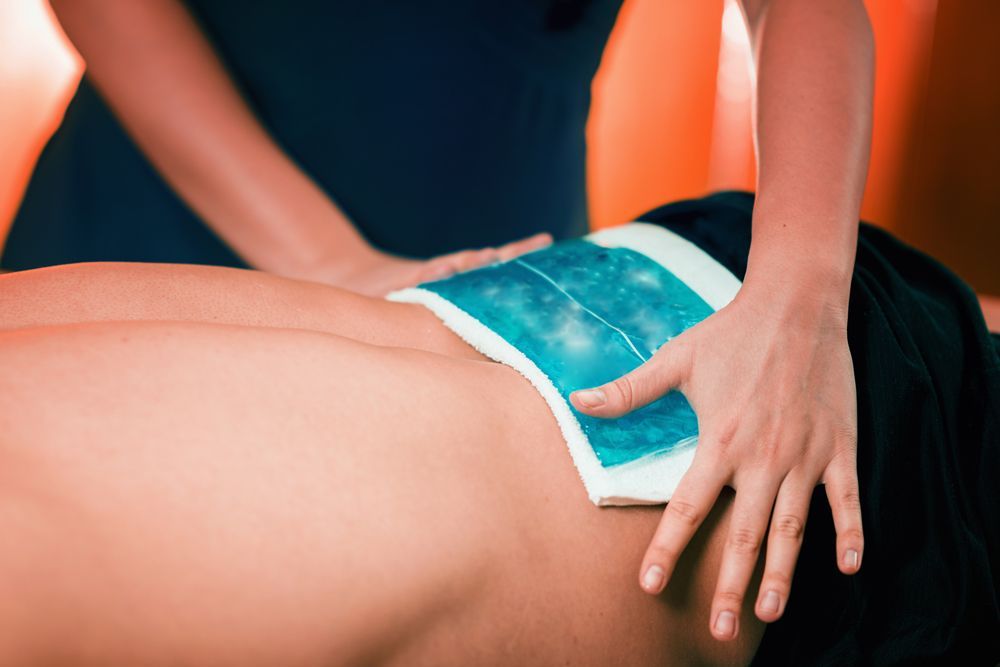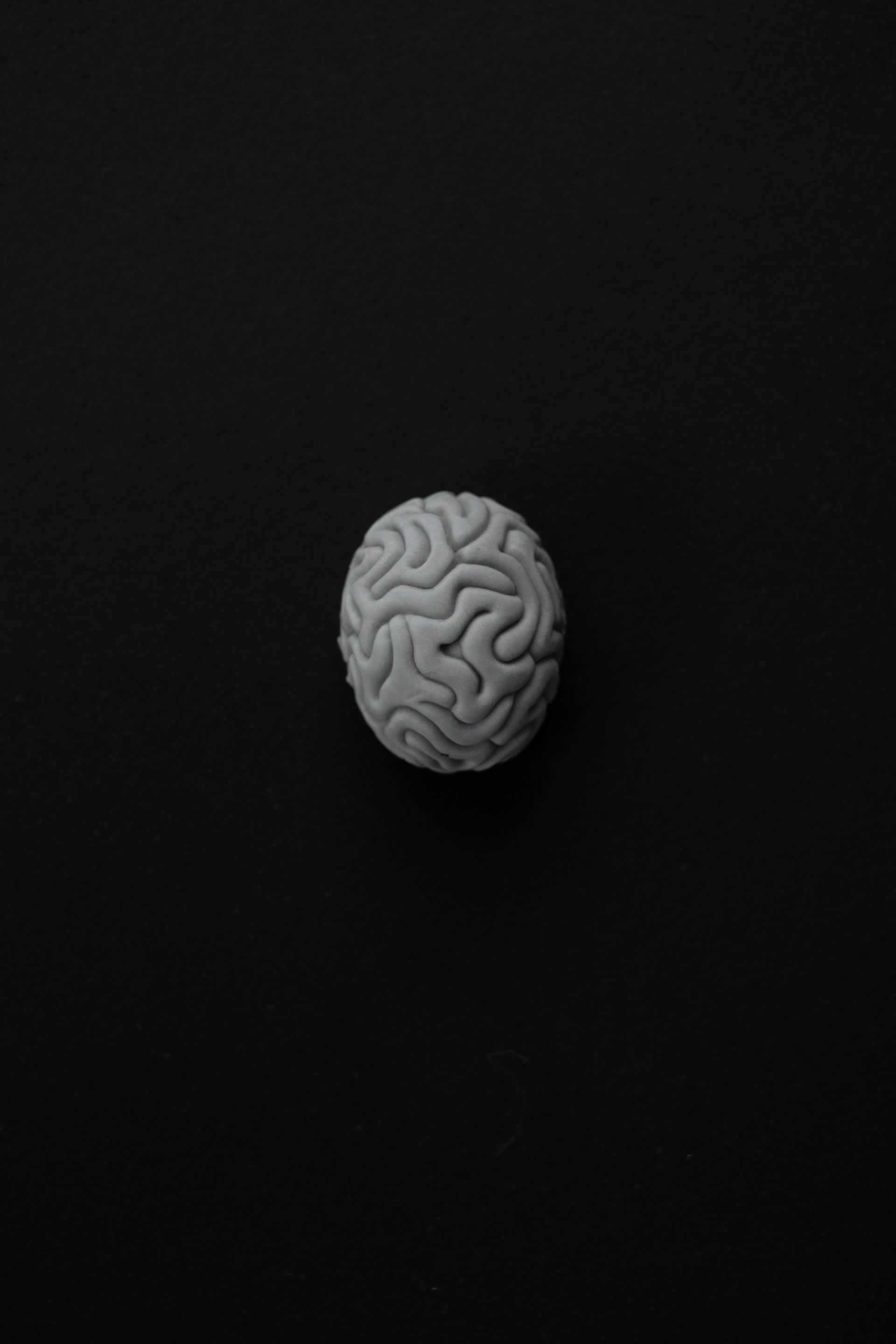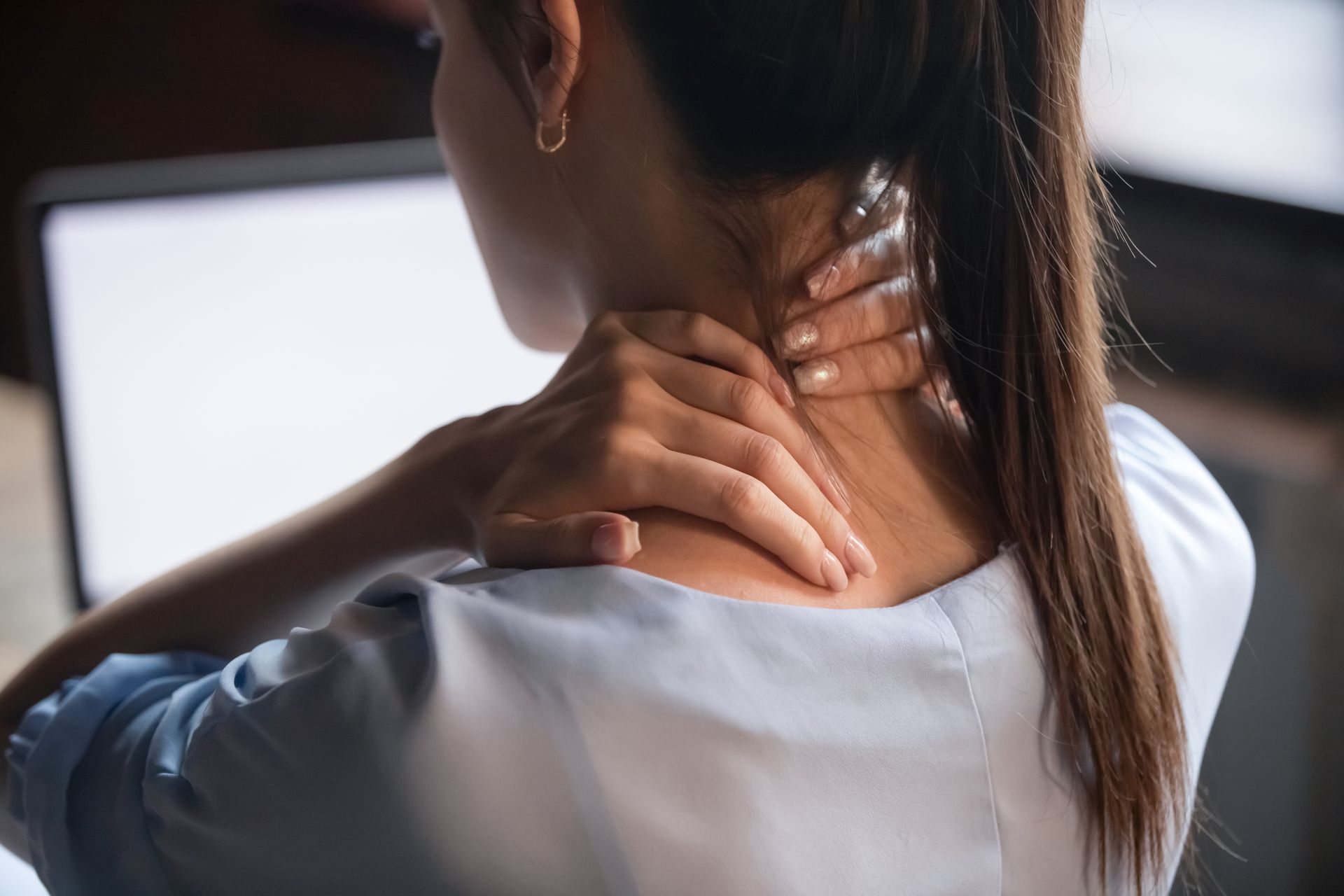Heat vs. Cold Therapy: When to Use Ice and When to Use Heat for Back Pain

When you're dealing with muscle or joint pain, choosing the right treatment can make a big difference. Heat and cold therapy are two of the most common ways to manage pain, but it's important to know when to use each one. Here's a simple guide to help you understand when to use ice and when to use heat for your injuries or discomfort.
Cold Therapy (Ice)
Cold therapy is best used right after an injury or when you're experiencing swelling. It helps reduce inflammation, numb pain, and prevent further tissue damage. Here’s when ice can help:
- Acute Injuries: If you’ve recently twisted your ankle, pulled a muscle, or have swelling, apply ice within the first 24-48 hours. Ice helps reduce swelling and numbs pain.
- Headaches: Ice packs or cold gel wraps on your forehead or neck can provide relief from migraines.
- Arthritis Flares: Ice can help manage pain and inflammation during flare-ups, especially with conditions like gout.
- After Surgery:
For knee replacement or other surgeries, ice can reduce pain and swelling, helping you recover faster.
How to Use Ice:
- Apply an ice pack for 10-20 minutes at a time.
- Never apply ice directly to your skin—wrap it in a towel or cloth.
- If you experience numbness or discomfort, remove the ice.
When Not to Use Ice:
- If you have poor circulation, cold sensitivity, or certain health conditions (like Raynaud's disease), avoid ice therapy. Always check with your doctor before using ice if you're unsure.
Heat Therapy
Heat therapy works differently. It’s great for relaxing tight muscles and improving blood flow, which helps with chronic pain or stiffness. Here’s when to use heat:
- Chronic Pain or Muscle Stiffness: Heat helps ease ongoing pain from conditions like back pain, arthritis, or sore muscles.
- Before Exercise: Applying heat before a workout can increase flexibility and reduce the risk of strain.
- Post-Workout: For soreness that shows up a day or two after exercise (known as delayed onset muscle soreness or DOMS), heat can help relax tight muscles and reduce stiffness.
How to Use Heat:
- Apply a moist heating pad for 15-20 minutes.
- Be careful not to use heat for too long, as it can cause burns or discomfort.
- If you’re using a warm bath, make sure the water isn’t too hot and don’t forget the epsom salt!
When Not to Use Heat:
- Avoid heat if you have an acute injury (recent sprain or strain) as it can increase swelling.
- Don’t use heat if you have open wounds, infections, or certain health conditions like pregnancy, diabetes, or skin disorders.
In Summary:
- Use ice for swelling, fresh injuries, or inflammation.
- Use heat for chronic pain, stiffness, or after the initial swelling has gone down.
If you're unsure which therapy is best for your specific condition, don’t hesitate to reach out to our office. We’re here to help guide you toward the most effective treatment for your pain.
Stay healthy and take care of your body this holiday season!












